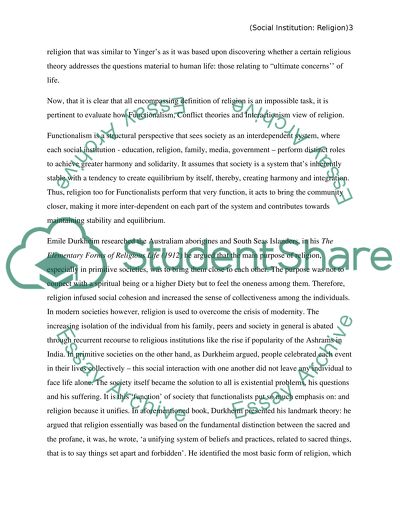Cite this document
(“Social Institution: Religion Admission/Application Essay”, n.d.)
Retrieved from https://studentshare.org/sociology/1442873-love-not-sure-of-the-paper-topic
Retrieved from https://studentshare.org/sociology/1442873-love-not-sure-of-the-paper-topic
(Social Institution: Religion Admission/Application Essay)
https://studentshare.org/sociology/1442873-love-not-sure-of-the-paper-topic.
https://studentshare.org/sociology/1442873-love-not-sure-of-the-paper-topic.
“Social Institution: Religion Admission/Application Essay”, n.d. https://studentshare.org/sociology/1442873-love-not-sure-of-the-paper-topic.


